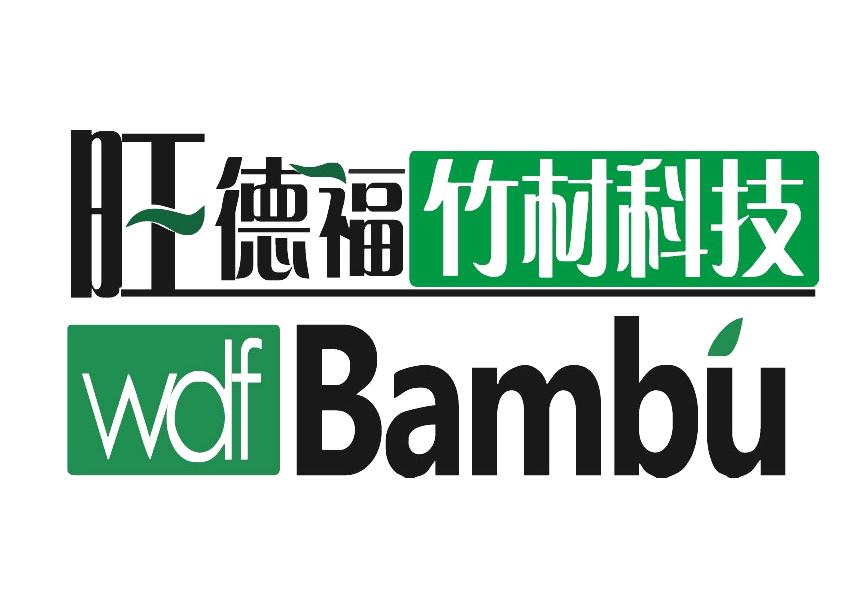Environmental Benefits of Bamboo vs Traditional Materials
Rapid Growth & Renewable Harvesting Cycles
Bamboo grows incredibly fast sometimes reaching heights of 35 inches in just 24 hours which makes it stand out among all other plant species on our planet. Because it matures so quickly, farmers can cut down bamboo stands approximately every three to five years without needing to plant new ones each time. This creates what some call a self-sustaining loop that most hardwood forests simply cant match. When compared to trees that take decades to mature before theyre ready for harvest, bamboo offers a much greener alternative. Switching from regular wood products to bamboo helps protect existing forests since there's less demand for cutting down old growth areas. Many eco-conscious companies are already making this switch not just for environmental reasons but also because bamboo products tend to be stronger and last longer than their wooden counterparts.
Water and Pesticide Efficiency Compared to Cotton
Bamboo needs way less water to grow than cotton does, probably around a quarter of what cotton farming takes. That kind of water savings is huge in places where clean water is getting harder to find. Another plus? Bamboo naturally keeps pests away so farmers don't need to spray chemicals all over the fields. Less pesticide use means cleaner soil and waterways for surrounding wildlife. All these factors help protect the environment while still producing good quality fabric. Many eco-conscious brands are switching to bamboo because it just makes sense from both an environmental and business standpoint when looking at long term sustainability goals.
Carbon Sequestration vs Timber Deforestation Impacts
Bamboo absorbs carbon dioxide from the air at around five times the rate of most tree species, giving it remarkable potential for fighting climate change. When grown properly, these fast-growing plants capture large amounts of CO2 while releasing oxygen back into our atmosphere. Traditional wood harvesting methods tell a different story though. Cutting down forests for timber releases stored carbon and destroys habitats across vast areas. Switching to bamboo alternatives means less pressure on existing forests while still getting durable materials for construction and manufacturing needs. Many companies are starting to see this shift as both environmentally responsible and economically smart in the long run.
Looking at different applications, the eco-friendly advantages of bamboo stand out pretty明显 compared to old school materials. The plant grows super fast, needs less water than most crops, and actually soaks up carbon dioxide from the air while growing. These qualities make it a seriously good option for going green. From clothes we wear to stuff we cook with and even boxes that hold products, bamboo tackles real world environmental problems. It gives people something tangible they can use daily to cut down on their impact on nature and start living more sustainably without sacrificing quality or convenience.
Biodegradability and Waste Reduction Advantages
Breaking Down Bamboo vs Plastic Decomposition Timelines
What makes bamboo so special? Well, it breaks down much faster than plastic does. Most bamboo items will rot away naturally in just 3 to 6 months. Think about that next time you see plastic packaging sitting on a store shelf. Plastic can stick around for literally a thousand years before it finally starts breaking down. This quick decomposition means less stuff piling up in landfills over time, something that fits right into today's green initiatives and what people are calling the circular economy these days. When folks choose bamboo instead of plastic products, they're actually making a difference. Restaurants switching from plastic straws to bamboo ones, offices replacing plastic cups with bamboo alternatives, all these small changes add up to reduce the mountain of waste we keep creating.
Landfill Impact: Bamboo vs Synthetic Materials
When it comes to what happens after disposal, bamboo really cuts down on environmental damage compared to those plastic alternatives that keep harming our planet. Take polyester or nylon for instance these materials tend to release toxic stuff into soil and waterways over time, which isn't great news for animals living nearby or people drinking from contaminated sources. Bamboo items break down naturally without leaving behind all that chemical mess, so they help maintain healthier conditions for both land and water environments. Switching to bamboo helps reduce overall waste going into already overcrowded landfills across the country. Landfill sites are becoming serious problems everywhere, so finding better alternatives makes sense for everyone involved long term.
Resource Efficiency in Production Processes
Energy Requirements: Bamboo vs Metal/Plastic Manufacturing
Making things from bamboo actually uses way less energy compared to producing metal or plastic items. Some studies suggest bamboo processing might cut energy use by around 70 percent, though exact numbers vary depending on the specific manufacturing process. These energy savings translate into lower expenses for manufacturers while simultaneously reducing greenhouse gas emissions. The environmental benefits are pretty clear when we look at how much carbon dioxide gets released during traditional manufacturing. For companies wanting to go green, switching to bamboo materials represents a real opportunity to make their operations more eco-friendly without sacrificing quality or functionality in their products.
Chemical-Free Processing Compared to Conventional Textiles
What sets bamboo apart from conventional fabrics is how it can be turned into fabric without resorting to the harsh chemicals typically found in regular textile factories. The mechanical methods used in processing bamboo actually make workplaces safer for employees and result in water runoff that's much cleaner than what comes out of traditional mills. Without all those nasty substances involved, bamboo naturally fits into the whole sustainable fashion movement, which explains why so many designers are turning to it these days. The fact that no toxic stuff gets mixed into the process means manufacturers can produce responsibly while still meeting consumer demands for greener options across the clothing sector.
Challenges in Scaling Bamboo Sustainability
Transportation Emissions in Global Supply Chains
Global supply chains for bamboo goods help markets grow, though they often come with a hidden downside transportation emissions that eat into what makes bamboo so green in the first place. Take bamboo shipped from Asia to Europe for instance the carbon footprint gets pretty big when containers cross oceans multiple times. That's why local sourcing matters so much these days if we want real sustainability. Encouraging bamboo growth and processing closer to where it will be sold cuts down on shipping distances dramatically. Shorter trips mean fewer emissions overall, plus it generally makes the whole supply chain greener from start to finish.
Balancing Commercial Demand with Ethical Farming Practices
As more people start buying bamboo stuff, we're seeing some serious problems with how it gets grown. Some farms are cutting down forests just to plant more bamboo, which destroys habitats and messes up local ecosystems. If we want bamboo to stay green in people's minds, companies really need to focus on getting their materials without wrecking nature. Businesses should work on greener supply chains by using proper certification systems that actually check if they're doing things right. These certifications help keep track of where the bamboo comes from and make sure workers aren't being exploited. Going green isn't just good for the planet either. More shoppers now care about where their stuff comes from, so companies that get this right will probably do better business long term. Bamboo industry needs to figure out sustainability fast before all those nice environmental benefits get wiped out by bad farming practices.
Future Outlook: Bamboo in Circular Economies
Innovations in Closed-Loop Bamboo Production
Closed loop bamboo production systems are becoming increasingly popular as key players in the sustainability game. New tech developments have made it possible to create these systems for bamboo processing, cutting down on waste and making better use of resources than ever before. What's really exciting is how these improvements could change the way we incorporate bamboo into circular economies across different industries, which would definitely help our planet stay healthier. Looking at successful closed loop models already in place gives us practical ideas about what works well and how big scale operations might look, offering real guidance for anyone wanting to make their bamboo operations greener in the long run.
Policy Support for Bamboo vs Fossil Fuel-Dependent Materials
Supporting bamboo as an alternative to materials made from fossil fuels needs solid policy backing if it wants to gain traction in markets around the world. When governments actually push for bamboo through specific regulations and programs, we start seeing more people switch to sustainable options across the board. Farmers grow more bamboo, factories find new ways to process it, and everyday folks end up with greener choices when shopping. Financial incentives matter too. Subsidies for small scale producers combined with grants for companies doing research into better processing techniques really gets things moving forward. What happens next? Bamboo becomes more common in our daily lives while helping cut down on carbon emissions globally. The planet stands to benefit immensely from this shift away from oil based materials toward something that grows naturally and regenerates quickly.
FAQs
Why is bamboo considered more sustainable than traditional materials?
Bamboo's rapid growth, water, and energy efficiency, and biodegradability make it highly sustainable compared to slower-growing and resource-intensive materials like timber and cotton.
How does bamboo contribute to climate change mitigation?
Bamboo absorbs carbon dioxide at a rate five times higher than trees, making it an effective tool for reducing greenhouse gases.
What are the challenges in making bamboo a sustainable alternative globally?
Challenges include transportation emissions in global supply chains and maintaining ethical farming practices as demand increases.



 Home
Home